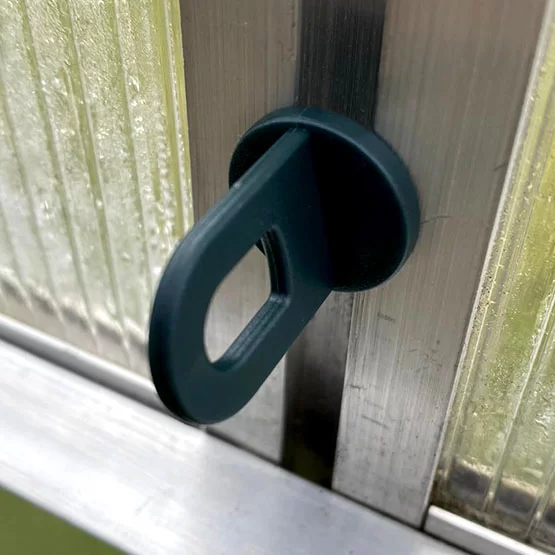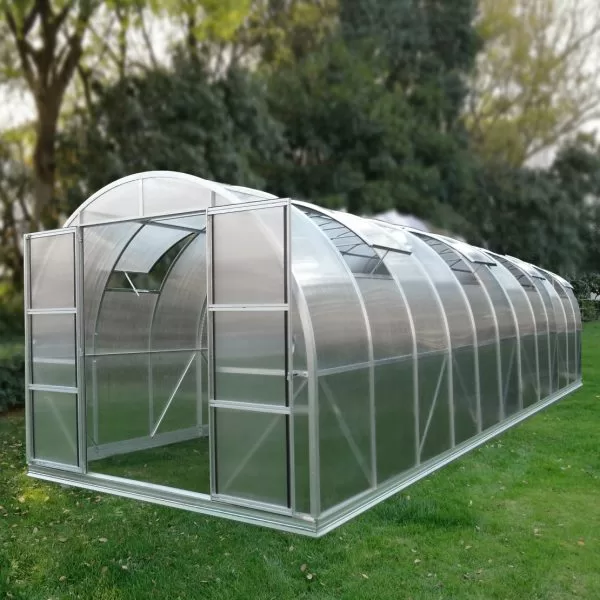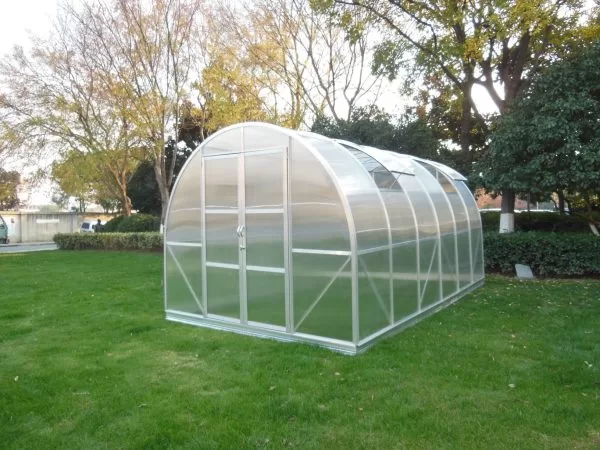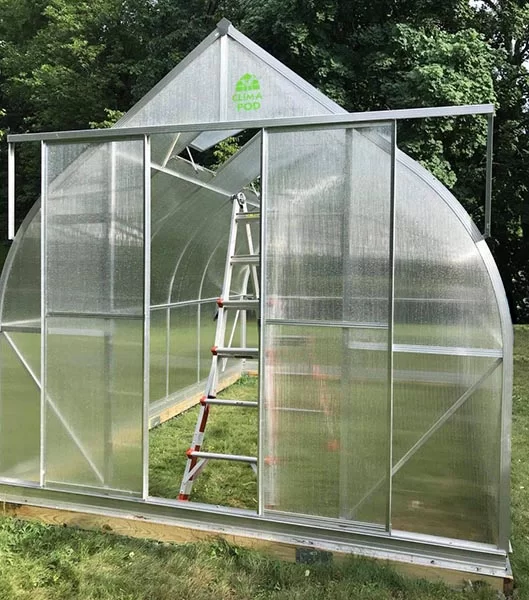It is very unpleasant to find moss or algae in the greenhouse. And it is not easy to deal with this scourge. But if you are faced with such a problem, do not get lost and take steps to save the soil and plants!
Green soil in greenhouses is a sign that mosses and algae of various species have chosen it. At first glance, this suggests that the soil is fertile. But at the same time, the cultivated plants themselves do not receive enough nutrients, because mosses do not tolerate competitors, and algae lead a parasitic lifestyle. So don’t put off fighting these green weeds!
The main reason for the appearance of moss and algae is easy to calculate – this is an excess of moisture. Excessive watering, melting snow, rainwater that seeps inside cause the active growth of uninvited guests. But the “greening” of the soil can also be caused by other factors that are most often present in the complex:
- improper cultivation of the soil, due to which air exchange is disturbed;
- excess phosphate fertilizers;
- high soil acidity;
- illiterate crop rotation;
- lack of fresh air, poor ventilation.
Before you start weed control, you need to determine who exactly you are dealing with. The complex of rescue measures will depend on this. First, temporarily stop watering the plants, and then carefully consider what exactly has settled in the greenhouse.
Moss belongs to the higher plants, and you will immediately recognize it by its lush stems that grow in a dense carpet. Especially loves nutritious soil, where it begins to grow actively. Moss is soft and fluffy to the touch. If you pick it with your finger, the plant easily comes off the surface and falls apart.
Soil algae are microscopic lower plants that cover the soil with a thin, plaque-like layer. There are different species, they multiply quickly and settle in all available light areas.
Moss and algae can grow in different parts of the greenhouse at the same time. Therefore, carefully inspect all corners of the building so as not to miss the lurking pests.
How to get rid of moss in a greenhouse
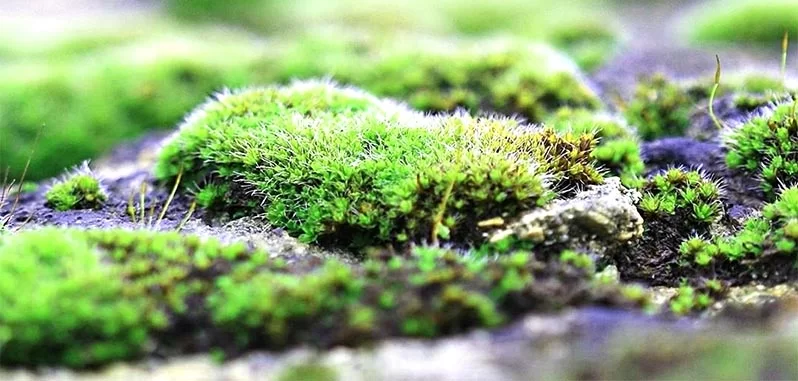
Moss in a greenhouse reproduces by spores and grows deep enough into the soil. This plant loves moisture and shade, so to lime it, it is worth creating exactly the opposite conditions – add sunlight and drastically reduce watering. It is important to remember that these plants are very unpretentious and can tolerate a lack of water for a long time, and then quickly come to life and multiply. Therefore, it is worth using other ways to get rid of moss.
Cleaning the greenhouse
It is necessary not only to wash the greenhouse, but also to remove from it everything that creates a shadow favorable for the reproduction of moss: unnecessary barrels, coasters, etc. You can also use foil to further illuminate dark areas. Your goal is to add maximum sunlight to the greenhouse, but not to the detriment of the cultivated plants.
If moss grows on the soil, pay attention to the elements of the frame of the greenhouse, perhaps they are also affected. In this case, remove the moss with a scraper or brush. Then wipe the wooden structures with iron sulfate, and the stone foundations with a soda solution.
Ventilating the greenhouse
Moss thrives in poorly ventilated, musty areas, so the influx of fresh air will cause him great damage. Leave the windows of the greenhouse open more often and be sure to ensure that air penetrates into all parts of the building. Airing after evening watering has proven to be especially effective. But do not allow a draft so that the plants do not suffer.
There are often not enough windows in greenhouses, so it is worth making additional ones. If funds allow, you can install a ventilation system or temporarily install a regular household fan.
Greenhouse treatment with Bordeaux mixture
Tilling the soil in the greenhouse with Bordeaux liquid – a solution of copper sulfate and slaked lime (1: 1) – is guaranteed to return the soil to its original appearance. First, dilute 100 g of lime in 1 liter of hot water and add cold water to obtain 5 liters of solution, strain. Do the same with blue vitriol and carefully pour it into the slaked lime. Then spray the soil, preferably before planting.
Many summer residents are afraid to use blue vitriol, because. it is believed that it is capable of causing great damage to plants and microflora. But if you follow the instructions, do not exceed the dosage of 1 g per square meter and add slaked lime, the product can be used without fear.
Sowing green manure in a greenhouse
Green manure plants will reduce the level of acidity and improve the condition of the soil. Before planting tomatoes or cucumbers, you can sow mustard, phacelia and other fast-growing crops in the greenhouse. After a while, plant the seedlings there, and when it takes root, mow the green manure and leave them on the beds. Repeat after harvest. You just don’t need to mow green manure anymore, just leave them in the greenhouse for the winter.
In especially advanced cases, moss can be dealt with with the help of special chemicals. But if you don’t want to use That is, there is a safer way – to completely replace the top fertile soil layer.
How to get rid of algae in a greenhouse
Unlike moss, lower algae are very fond of sunlight, so fighting them will look different. On the contrary, the affected areas should be shaded and mulched, for example, sprinkled with sawdust or tree bark.
Before mulching, the soil must be prepared: water thoroughly and loosen gently.

In the process of evolution, algae entered into symbiosis with fungi. This is how the well-known lichens appeared, which are also often found in greenhouses. These organisms are photophilous and are characterized by slow growth. But it’s better not to admire them, but to remove them from the greenhouse as soon as possible, because. they can grow quickly. Unfortunately, often neither blue vitriol nor chemical preparations take them, so it remains only to dig up the soil and manually scrape off the lichen from the structural elements. Peat mulching also gives a good effect.
The presence of lichens indicates that the air in the greenhouse is not polluted, because. these organisms are not able to release absorbed toxic substances.
Prevention of greenhouse moss and algae
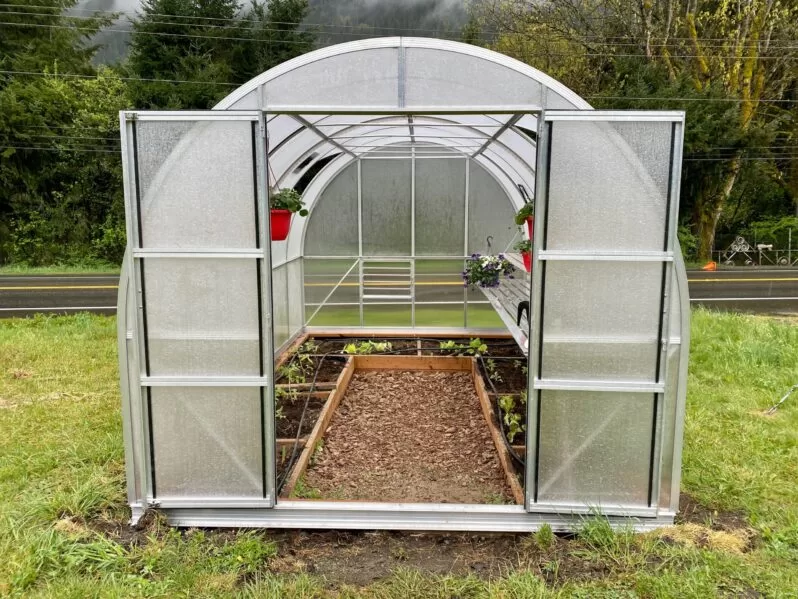
The best prevention of green soil in a greenhouse is the correct location of the building. Avoid low-lying places and areas where groundwater is close. Install drip irrigation – thanks to this measure, water will be used sparingly, which will limit the growth of mosses and fungi.
Do not forget also about regular airing and annual digging of the earth. Every spring, renew part of the soil and follow the rules of crop rotation. As well as on the entire site, regulate the acidity of the soil, for example, with lime and dolomite flour. Such a procedure will be a good prevention against plant diseases. An excellent result is the mulching of the soil.
Proper use of fertilizers will save your greenhouses from damage by moss and algae. When top dressing, consider which crops need how much fertilizer. For example, cucumbers and zucchini require abundant feeding, while tomatoes require moderate feeding, so do not fertilize them too often.


